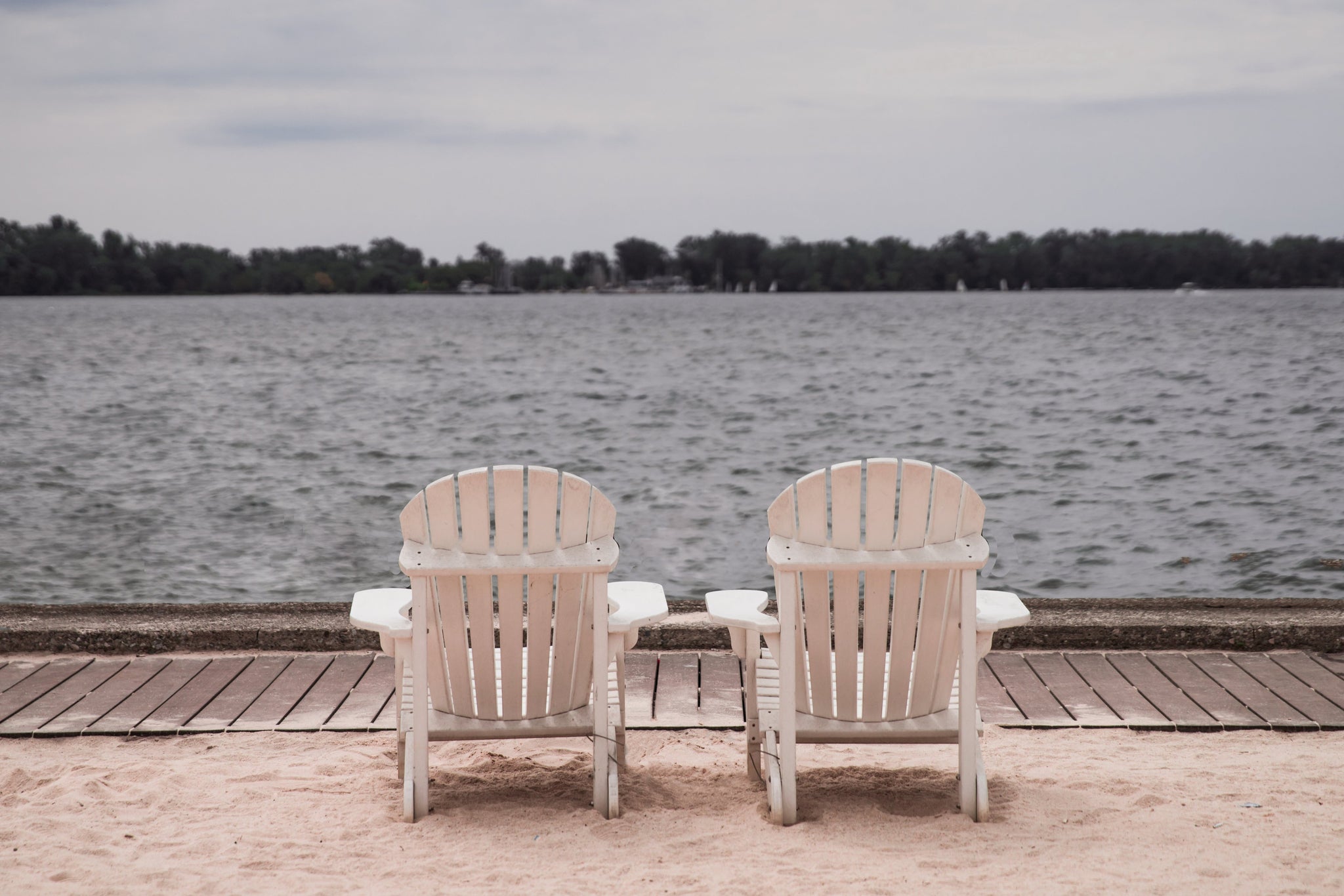Clear Lake Coffee Roasters: At Home Series -How to Taste Coffee Like a Pro - May 16, 2021
How to Taste Coffee Like a Pro
Customers often ask us how to think about enjoying super rare, exotic, expensive or otherwise standout coffees, and the answer is pretty simple: use the same approach for tasting any coffee you like. Here's a quick primer on how to open up your taste buds, expand your palate, and start to really appreciate the delights of tasting fresh coffee.
1. Don't Worry About Brew Method
If you're a purist, do a pour over. It can be an inexpensive, low-tech, simple way to bring out the best flavors in coffee. If you're new to this brewing method, check out our step-by-step guide to making pour over coffee in a Chemex.
Or, if you're really wed to another method such as the AeroPress or French press, stick to that. The brew method is secondary when you consider the real impact of clean water, fresh beans, and a consistent grind.
2. Use Your Nose
Taste isn't just about your tongue. The perception of flavor is the result of our body's chemosensation system, in which olfactory and gustatory (smell and taste) inputs converge. You'll automatically engage your sense of smell when you drink, but we recommend pausing to "smell the roses" at a few specific moments:
- Smell the whole beans.
- Smell again post grind.
- If you're doing a pour over, inhale the bloom (first wetting of the grounds).
- Prior to your first sip, tilt your cup over the bridge of your nose and inhale.
All of these will smell slightly different, but they'll warm up your brain to get a full set of sensations from the coffee.
3. Evaluate Each Sip
There are a few agreed-upon ways to look for what's going on in your cup of coffee. Although there are roughly double the number of taste-influencing compounds in coffee as in wine, identifying flavor doesn't require any kind of special license.
Start with a tiny sip, followed by a more extended slurp into the mouth, aerating the coffee as it travels across the entire surface of the tongue. Take a tiny follow-up sip. Keep your eyes closed, focus on your tongue, and taste for the following:
- Sweetness: Can you perceive specific kinds of sweet tastes, such as brown sugar, molasses, honey, or caramel?
- Acidity: Also known as "brightness," acidity brings out tastes such as citrus, blueberry, lemon, strawberry, or even flavors like watermelon and tomato. Note that acidity isn't the same as acidic, which is a measure of pH and not a question of taste.
- Body: While brew method often bears on the weight of a coffee in your mouth, different beans and roast profiles feel differently in the mouth. Does the coffee feel rich and heavy, light, watery, or smooth?
- Cleanliness: A really under-appreciated aspect of taste is what happens after you swallow. Harsh coffees can linger, often with a singular flavor (which can be acidic, bitter, or smokey), while cleaner coffees leave your palate feeling neutral. The latter is a prized aspect of great coffee, and can often be directly influenced by the roasting method.
If you can’t identify specific flavors, try to put them into taste families: chocolate/cocoa, earthy/herbal, or fruit-like. Check out the Specialty Coffee Association's Flavor Wheel for a helpful nudge in the right direction.
In the end, taste is highly personal. But by starting to think about what you're drinking, you should get a better feel for quality and start to identify what types of coffee you love. Remember that this can change over time, just as your tastes for wine, beer and other beverages naturally change.
4. Know the Signature of a Great Cup
When we evaluate the quality of a roast, there are a few things we look for, especially in coffees that are rare, exotic, or just plain costly.
- Is there a complex layering of flavor? Are there taste notes that play well with one another in harmony? Think about the complementary interplay between baker's chocolate and caramel, versus an earthy background with odd hints of citrus, as two counter examples.
- What's the timing of the tastes? Great coffees often have a sequence of two or three sets of flavors. A one-note coffee can be tasty, but truly great coffees, like great stories, will often have a compelling beginning, middle and end.
- The single greatest marker of a great coffee is what happens to the flavor over time, as temperature changes. Great coffees invariably get more and more interesting—and tasty—as they cool. If you lose a few degrees and start to taste bitter, you're not in a good place. In fact, people often shy away from cold coffee for two reasons, both appropriate for drinking stale or bad coffee: when a drink is super hot, our palate literally can't taste as much (this hides defects like tar, bitter, or sour tastes), and as it cools, the flavors get ever less appealing.
5. Host a Mini Tasting

Whilst you're here are 6 reasons for making Clear Lake Coffee Roasters - CLCR - your go-to coffee roaster:
☕️ We are a local family-run business located in the heart of Clear Lake, Iowa.
☕️ We go to great lengths to find only the finest and ethically sourced coffee around, from the top 2% of coffee beans in the world.
☕️ We only source 100% certified Arabica coffee beans, carefully hand-selecting each coffee based on specific quality and taste attributes.
☕️ Our roasting process has been refined over the years and each roast profile is individually designed to complement the nuances of the coffee we source, from Cup of Excellence (COE) award-winning producers.
☕️ By roasting in smaller batches, we can ensure our coffee is ALWAYS fresh, in fact, we roast your coffee only after you place an order - the same day your order ships out.
☕️ At CLCR, we are dedicated to a single mission: the unyielding pursuit of coffee perfection in every cup.
We would give you more reasons, but rather than reading it's better if you visit our website, purchase a bag or two, and experience a unique caffeinated or half-caff journey for yourself 😊!
Explore goodness. Click. Buy. Smile.

Clear Lake City Park Beach - Named one of USA Today's top 50 Beaches in the United States.

Leave a comment
Please note, comments must be approved before they are published